How to Put on a Gig: A DIY Guide for Independent Musicians
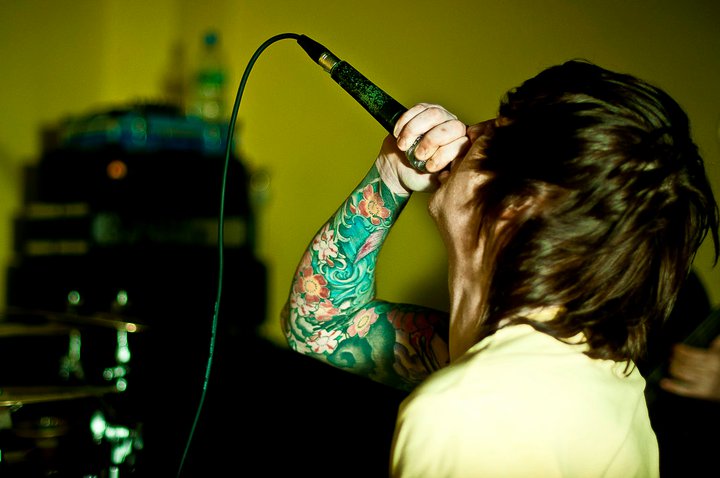
Rob is the co-founder of Scenebud and spent over a decade promoting and working at events, from small clubs all the way to major festivals.
Whether it’s a band in an arena, a DJ in a sweaty basement or even one person with an acoustic guitar in a coffee shop; to me there is nothing that beats the experience of live music.
But for up and coming artists, it can be hard to find your way on to a bill. Or if you’re into a specific sub-genre, you might find there’s little that caters to you nearby.
And so the solution to that is to put something on yourself. It doesn’t have to be big or expensive, but follow these simple steps to make sure that your event goes off with a bang.
Here are your top 7 steps and considerations to ensure that your gig goes exactly the way it should.1. Define Your Goal
Before diving in, ask yourself: why am I putting on this gig?
Are you trying to build a fanbase, are you trying to showcase a specific type of music, are you getting in some warmup before a tour, are you simply trying to have a fun night?
Knowing what you want to achieve will help you set realistic expectations and stay on track. A successful gig with 30 people is better than a poorly attended one in a huge venue.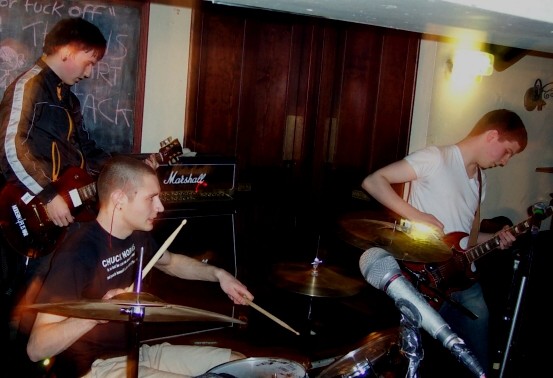
2. Set Your Budget
It doesn’t have to be expensive to put on a gig, in fact it might even be free. But if you’re running a gig on a shoestring budget, then don’t expect it to be able to pay the rent.
Furthermore, not all gigs make money or even break even. If you’re investing in something a little higher profile then set a budget which considers how much you’re willing to risk.
The obvious costs are venue and equipment hire and payments for the band (sometimes called a guarantee.
But you may also want to consider promotion costs, riders (yes, they exist and they’re less glamorous than you might think) and a contingency in case you need to Uber a backup guitar amp across town at the last minute.
Setting this up front will ensure there are no nasty surprises.
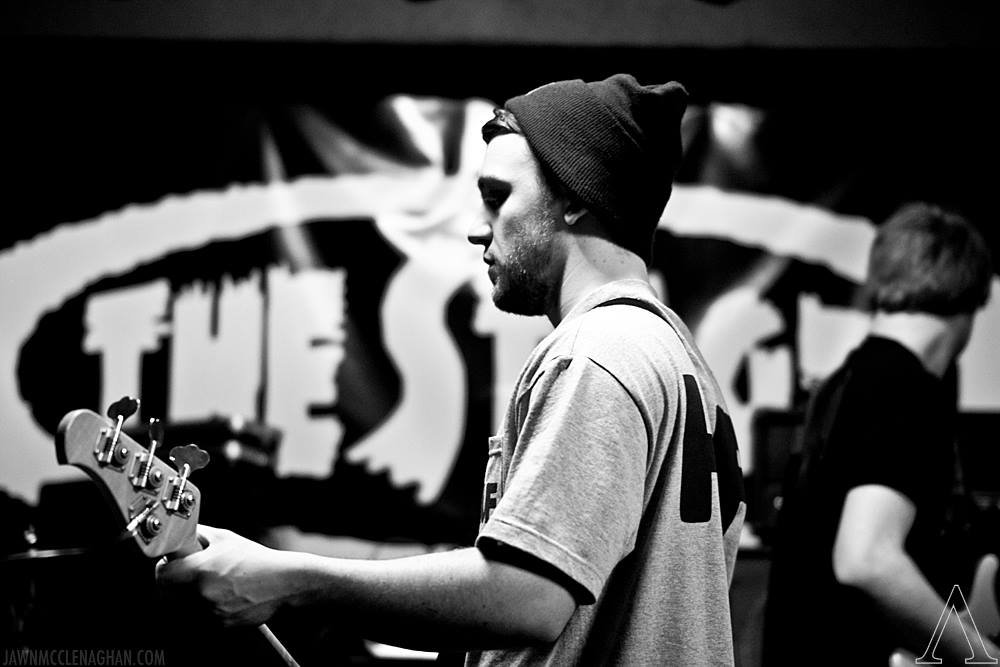
3. Find the Right Venue
This is far more important than most people realise. Even with a great lineup, the wrong venue will kill it.
If you’re expecting 50 people, then a hall with 500 capacity will feel way too big and you’ll lose the vibe. Similarly, that 50 people might feel chaotic or even dangerous if you’re in a coffee shop or a practice room.
If you live in a big city there may be lots of obvious choices, but some of the best gigs I ever played were in quirky, makeshift venues in places I’d never heard of.
Venues typically fall into one of the below categories:
- Local Venues and Clubs: The most obvious option. Typically they have PA, lights and even backline. If you’re lucky, they’ll also have a crowd of regulars which will help fill up the room. Make sure it’s the right fit though. If you bring a crew of beard stroking prog fans into a room full of slam dancing hardcore kids you may find them unwilling to check out your future gigs. However these may be out of reach for bands just starting out, and not all towns have
- Pubs and cafes: The next level down. You’ll likely need to provide the backline but many of them have a small vocal PA. Same rule applies to the regulars with the added threat of the barflies. They consider themselves part of the furniture and won’t want to pay entry so you may need to take a flexible approach towards the entry fee. Don’t take it personally though, they don’t want to pay for the pub quiz either.
- Community Spaces: These are a great option for all ages gigs and for smaller towns where there aren’t a lot of options for live music. However be prepared to hire backline and additional equipment. There probably won’t be a crowd of regulars but still consider whether it’s the right type of place for you. Church halls and black metal bands are probably not a good match.
- Practice Rooms: Full backline and PA included. I have many fond memories of booking a studio and putting together a small gig but first of all check that they’ll allow it and make sure to re-arrange the room into the right formation. You want to ensure that your crowd of drunken ravers.
As a general rule of thumb, if you wouldn’t go to a gig there then don’t book it for one of your own.
Once you’ve picked a venue, you’ll want to agree up front all of the terms. This is the obvious stuff like the date and any booking fee. Also worth considering is whether they include sound engineers or security, whether they’ll help with promotion, if they’ll contribute any food or drinks for the artists and what time you can load in.
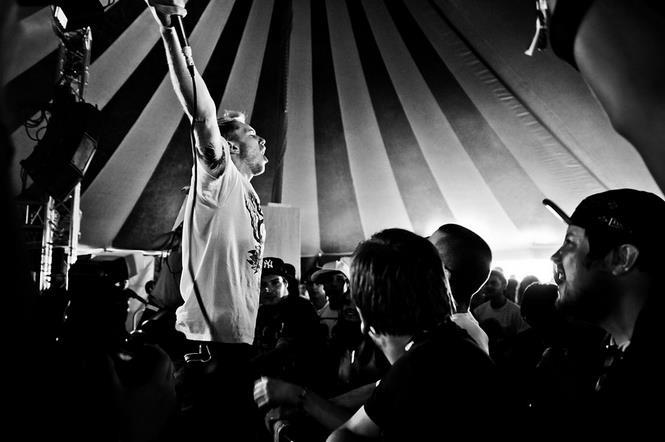
4. Assemble Your Lineup
This is the most important part, and also the most fun. You’ve probably got a reasonable idea of what you want to do already but lets consider the main points.
Pick a headliner in line with your goals. If it’s to fill a room, you may want to make a safe bet with a crowd pleaser with a following. If it’s to have a fun night, you might just want to pick some friends. Either way, they are going to be the main draw of the night so keep that in mind.
Support acts are also pretty important, especially when the headliner isn’t a superstar. If they bomb, it can be hard to get the mood back on track so pick something that will go with the vibe - even if they are in a different genre. One of the most common mistakes is having too many support acts. Make sure there’s enough time for everyone to set up, play their set and break down.
Depending on the size of the acts, payment may be necessary and you may be liable for food or accommodation too. Make sure this is all agreed clearly in advance. Don’t offer to pay an artist and then back out. If there’s a chance you won’t be able to pay them, make that clear before they accept.
For most gigs in the DIY/independent category, you should expect some level of equipment sharing. Not only will you struggle to fit multiple drumkits and amps in most small venues, but the time and effort in multiple setups typically requires a professional team to help. With that in mind, establish who will be responsible for bringing what.
If you have any expectations for your artists to help out with promotion then agree it up front. Whilst it’s in their interest to have a busy gig too, the bands I’ve been in have been notoriously disorganised and lazy (sorry!) so make sure they know what their obligations are. More on this below.
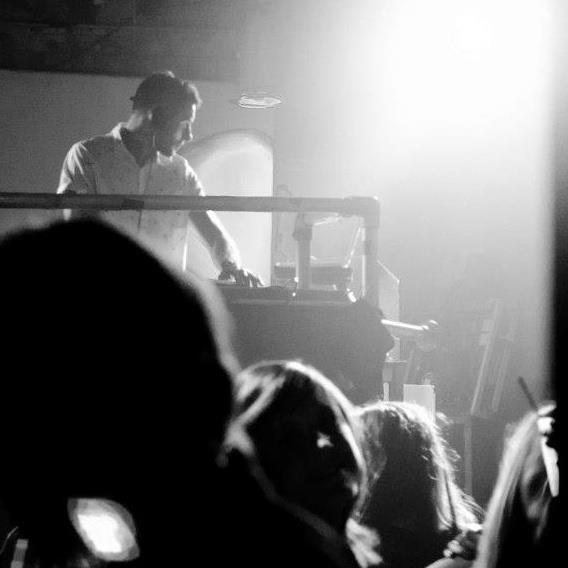
5. Promote Your Gig
If you build it, will they come? One of the worst mistakes a promoter can make is assuming that people will just turn up. But it’s easier than you might think to get the word out and you don’t need to become an expert in digital marketing.
There’s lots to consider here but the key pillars are:
- Artwork: If you’re lucky enough to be in a punk band you might get away with something which looks like it’s been put together with a sharpie, newspaper clippings and a photocopier; but if not, you’ll need to put some effort in. Check your network for graphic designers who can help you out and pay them what you can. Alternatively, Canva is a great free tool to put a gig flyer together.
- Social Media: As an absolute minimum, create an event on Facebook and share some content on Instagram. However this is a very noisy medium and the algorithm might be harder to crack than you expect. Try a few different approaches to this and be consistent.
- Posters and Flyers: It can be easy to forget about the real world in a social media age, but don’t overlook the value of physical posters and flyers. Flyposting is illegal but many public places allow you to put posters up if you ask permission. And there’s no better way to target your audience and spark up engagement than handing out flyers to other gig goers and clubbers at the end of an event.
- Network and Word of Mouth: Perhaps obvious but make sure your friends know what’s going on and ask them to spread the word too. People continue to look to their network for recommendations and gigs are no exception.
- Ticketing and Listing Sites: If you’re selling tickets to your gig through one of the traditional sites, make sure you’ve filled in the correct information so it shows up on search. Even if you’re not selling tickets, they there are still lots of great websites focused on independent music *ahem* who will allow you to promote your gig for free. Make sure you’ve filled in all of the key information because this is often how your event is searchable.
- Press and PR: This is kind of a big category which includes everything from local blogs all the way up to national magazines so consider what’s most suitable and whether you have budget. Typically, paid adverts are unnecessary until you get to bigger venues and PR is beyond the reach of most independent artists; but there are still lots of great options to promote your band’s gig for free. Get in touch with the local newspapers or genre-specific blogs to see if they can help out.

6. The Day of The Event
So you’ve decided on the goal, picked a venue, booked some acts and promoted it. There’s a real buzz as the event draws closer. So what happens next?
Typically, you’ll want to get access to the venue a few hours before the doors open to load in and do soundcheck.
Larger venues will likely have a sound engineer to guide you through this but for smaller spaces it’ll be a bit more DIY. The simplest way to soundcheck is to play a song or two and make small adjustments to the amps and PA until it balances nicely with the drums. If you are using microphones on your drums then it’ll be more complex and frankly, it deserves a whole blog of its own.
On top of that, you’ll want to find someone to manage the door, collect the money and keep count of the people coming in. Make sure it’s someone you trust.
Finally, be on hand to help out. Things often go wrong and you’ll need a clear head to fix them, Whilst it’s tempting to get into party mode, if you’re taking the role of promoter you need to wait until the end of the gig to do so.

7. Use Scenebud
Scenebud was created to help fans, artists, venues and promoters with booking and promoting live gigs. Even in our basic iteration, here’s how we can help you:
- Find a venue: Check the venues near you and look at the type of gigs they put on. Do they look like the sort of place you could host a gig?
- Book some artists: Search through the database to find the right type of band for you. You can search by location, genre and their upcoming gigs to see who fits the bill.
- Promote your gig: It’s completely free and always will be free to post an event on Scenebud and get it in front of the right people.
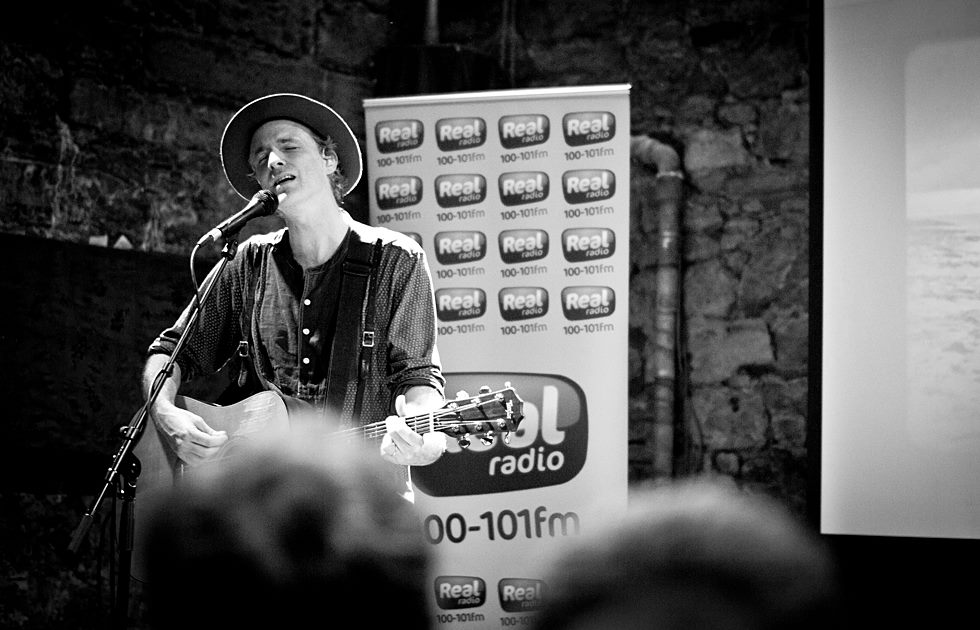
Conclusion
So, there you have it, your essential toolkit for diving into the world of DIY and independent gig promotion. It might seem like a lot to juggle, so embrace the learning curve, don't be afraid to ask for help, and most importantly, enjoy the process of bringing live music to life.
